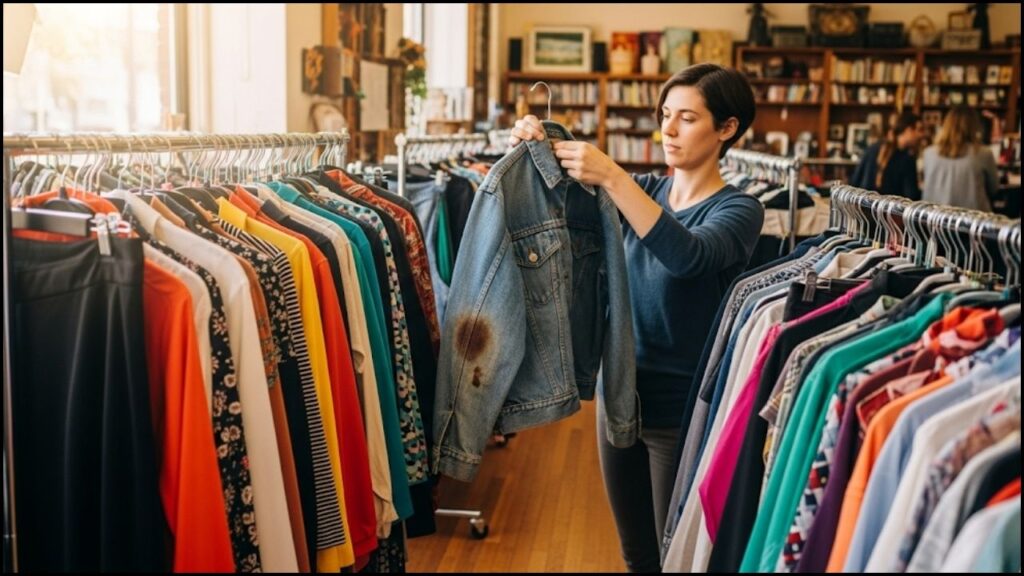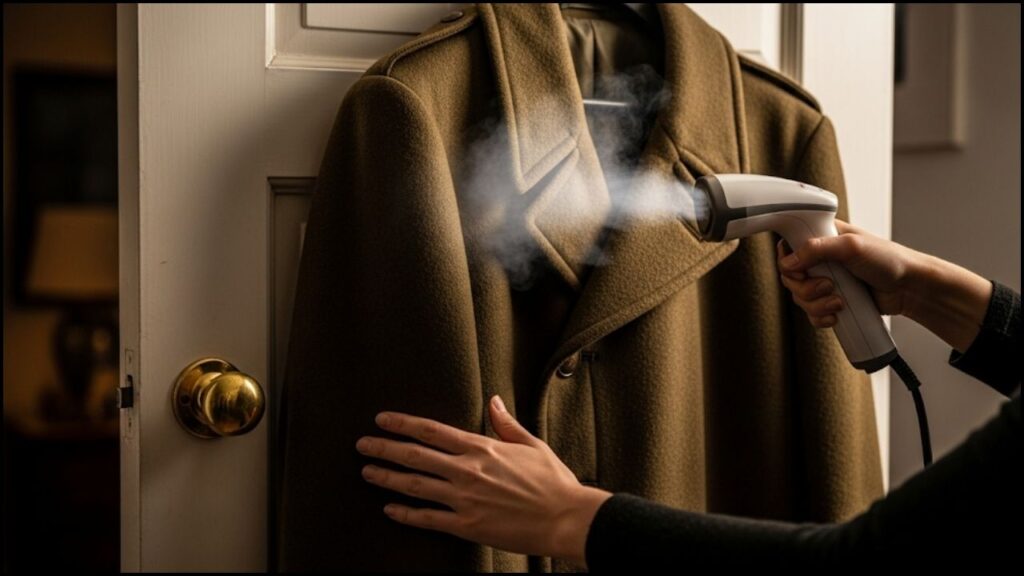The global secondhand apparel market is booming as consumers seek sustainable and affordable fashion. However, a common challenge persists ensuring pre-owned garments are fresh and hygienic. This has spurred textile and cleaning experts to share effective methods to clean thrifted clothes, often requiring less than five minutes of active work to remove persistent musty odors and prepare items for wear.

The Science Behind the ‘Thrift Store Smell’
The characteristic scent of many secondhand items is more than just a minor inconvenience; it is often an indicator of microbial growth. This odor typically stems from mildew, bacteria, and molds that have developed due to prolonged storage in environments with fluctuating humidity and poor ventilation.
“That musty smell is a complex cocktail of volatile organic compounds released by fungi and bacteria,” said Dr. Lena Petrova, a textile microbiologist at the International Fabricare Institute. “While most of these microbes are not harmful to the average person, they can be irritants, and proper cleaning is essential for both hygiene and odor removal.”
Standard washing machine cycles, especially on cold settings, may not be sufficient to eliminate these embedded microorganisms and their resulting odors. Experts note that heat, specific cleaning agents, and proper aeration are critical components of effective textile hygiene for pre-owned garments.
How to Clean Thrifted Clothes: An Expert-Backed Approach
While a thorough machine wash is always recommended, several pre-treatment and alternative methods can be performed quickly to address the most common issues associated with secondhand clothing. These techniques focus on neutralizing odor-causing bacteria and freshening fabrics without requiring extensive time.
The High-Heat Steaming Method
One of the most effective and rapid tools for sanitizing fabric is a garment steamer. High-temperature steam can kill a significant percentage of surface bacteria and dust mites, according to a study published in the Journal of Textile Science & Engineering.
“Steam penetrates the fibers at temperatures above 212°F (100°C), which is lethal for many common microbes,” Petrova stated. “This process not only sanitizes but also helps relax the fibers, releasing trapped odors.” The process of steaming a single garment, such as a jacket or dress, typically takes two to three minutes and can be done immediately upon returning home.

The Vinegar Solution Pre-Soak or Spray
For items that can withstand washing, white vinegar offers a powerful, natural solution to remove musty smell. Its acetic acid content works to break down the cellular structure of mold and bacteria. The American Cleaning Institute (ACI) suggests using vinegar as a laundry additive for its deodorizing properties.
Consumers can create a spray by mixing equal parts white vinegar and water in a bottle. This can be lightly misted onto the garment, which is then left to air dry, preferably in sunlight. For more persistent odors, a 30-minute pre-soak in a solution of one part vinegar to four parts cold water before a machine wash is highly effective. The active time for both methods is under five minutes.
Using Vodka for Delicate Fabrics
For delicate materials like silk or certain synthetics that cannot handle high heat or harsh washing, a surprising but effective tool is inexpensive, high-proof vodka. Professional costumers and textile conservators have long used this method.
“The high ethanol content in vodka acts as a solvent and a disinfectant, neutralizing odors without damaging delicate fibers,” explained Marcus Thorne, a professional wardrobe curator who works with vintage collections. “You simply spray a fine mist over the garment and let it evaporate. The alcohol kills the bacteria, and the smell of the vodka disappears completely as it dries.”
The Larger Context: Sustainable Fashion and the Circular Economy
The growing interest in how to clean thrifted clothes is directly tied to the expansion of the circular fashion economy. A recent market report from ThredUp, a leading resale platform, projects the global secondhand market will nearly double by 2027, reaching $350 billion. This shift is driven by consumer demand for sustainability and value.
“As more people embrace secondhand clothing, the knowledge of how to care for these garments becomes crucial,” said Sofia Hernandez, a market analyst specializing in sustainable retail. “Effective cleaning techniques empower consumers to fully participate in the circular economy, extending the life of clothing and reducing textile waste.”
By properly cleaning and caring for pre-owned items, consumers not only ensure their own comfort and hygiene but also contribute to a more sustainable fashion ecosystem. These quick and effective methods help lower the barrier to entry for shoppers new to thrifting, further fueling the movement away from fast fashion.
Finding and Safely Installing a Vintage Lamp: A Guide to Thrifting Electrical Fixtures
